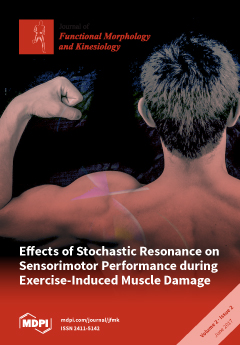To elucidate the mechanisms by which type 2 Diabetes Mellitus (DM2) constitutes a risk factor for the development and progression of osteoarthritis (OA), this work determined whether high glucose and/or high insulin, the hallmarks of DM2, are capable of activating the transcription factor,
[...] Read more.
To elucidate the mechanisms by which type 2 Diabetes Mellitus (DM2) constitutes a risk factor for the development and progression of osteoarthritis (OA), this work determined whether high glucose and/or high insulin, the hallmarks of DM2, are capable of activating the transcription factor, Nuclear Factor-κB (NF-κB), which plays a critical role in OA by inducing the expression of pro-inflammatory and catabolic genes. For this, we analyzed NF-κB activation by measuring the nuclear levels of p65 by western blot. As readouts of NF-κB activity, Interleukin-1β, Tumor Necrosis Factor-α, and inducible nitric oxide synthase (iNOS) expression were analyzed by real time RT-PCR and western blot. Culture of the human chondrocytic cell line, C28-I2, in high glucose (30 mM) increased nuclear NF-κB p65 levels in a time-dependent manner, relative to cells cultured in medium containing 10 mM glucose (regular culture medium). High glucose-induced NF-κB activation was inhibited by co-treatment with its specific inhibitor, Bay 11-7082, 5 µM. Culture of primary human chondrocytes under high glucose for 24 h increased IL-1β and TNF-α mRNA levels by 97% (
p = 0.0066) and 85% (
p = 0.0045), respectively, while iNOS mRNA and protein levels and NO production increased by 61% (
p = 0.0017), 148% (
p = 0.0089), and 70% (
p = 0.049), respectively, relative to chondrocytes maintained in 10 mM glucose. Treatment of chondrocytic cells with 100 nM insulin was also sufficient to increase nuclear NF-κB p65 levels, independently of the glucose concentration in the culture medium. This study shows that hyperglycemia and hyperinsulinemia are independently sufficient to induce inflammatory responses in human chondrocytes, namely by activating NF-κB. This can be a relevant mechanism by which DM type 2 and other conditions associated with impaired glucose and insulin homeostasis, like obesity and the metabolic syndrome, contribute to the development and progression of OA.
Full article






